Practitioner of the Month: Uma Acharekar, Registered Physiotherapist
Every month, we’re showcasing one of our amazing practitioners so you can get to know them and their services better.

Uma Acharekar
Registered Physiotherapist
ABOUT UMA ACHAREKAR
Uma provides one-on-one physiotherapist treatments and customized home exercise programs to make sure you get to where you want to be both physically and mentally. She completed her bachelor’s degree in 2006 and later pursued a master’s in neurosciences. Since then, Uma has grown her skillset by completing courses on Pilates, Kinesio Taping, vestibular equipment and more. Uma is also a fitness enthusiast who believes staying active is key to disease and illness prevention.
We asked Uma what got her into physiotherapy and how we can bounce back from injuries faster.
Q&A
1) What inspired you to become a physiotherapist?
I always had an inclination towards human sciences when I was a kid. My first interaction with a physio was at the age of 14 when my grandfather underwent knee replacement surgery. Though the surgery was successful, he became severely deconditioned and was not even able to walk around to do his basic chores. It was then he started physio with a physiotherapist who transformed him completely. It not only made him return to his pre-surgery status but made him fitter than ever! Its rightly said that though medicine and surgery add years to life, its physiotherapy that adds life to those years!
My passion for health, the human body and healing people means that physiotherapy was the perfect profession for me. It’s a great pleasure to help people conquer their pain, get them their strength back and restore their ability to function efficiently, thus giving them another chance to live the life they’ve dreamt of. To have all the necessary skills to make a significant difference in someone’s life is truly rewarding.
2) Some of the most common sports injuries are tennis elbow and golfer’s elbow. What pain relief tips do you have for people dealing with those conditions?
The most important aspect of sports injuries is prevention. With an appropriate exercise regime including stretching, strengthening and sports specific training, these injuries can be easily prevented.

Follow these few tips to relieve pain related to injuries such as tennis elbow and golfer’s elbow:
- PRICE
Protection – Protect the joint by bracing or Kinesio taping
Rest – Stop the pain-provoking activity or sport immediately
Icing – Use ice packs to minimize pain and inflammation
Compression and Elevation – This accelerates the reduction in swelling - Physiotherapy Rehabilitation – Involving the use of electrophysical agents for pain relief and healing, along with soft tissue stretching and strengthening exercises progressed to more vigorous training involving plyometrics and sport specific training.
- Return to Play – Prescription of a structured regime involving warm-ups, interval training with a gradual increase in intensity, and cool down exercises to ensure efficient integration into the sport and prevent recurrence of pain.
Tennis elbow and golfer’s elbow conditions are not just restricted to sports. They are categorized as repetitive stress injuries and commonly seen in those using computers and laptops, as well as in gardeners, cooks, painters, plumbers, carpenters, labourers, musicians, etc. The physiotherapy management of repetitive stress injuries follows similar guidelines with a more customized approach.
3) It can take a long time to recover from a sports or work-related injury. Are there ways to speed up the healing process?
The healing process takes anywhere from six weeks to six months or more. The most important thing about any sports or work-related injury is timely management. The earlier rehab is started, the better the outcome.
Follow these tips to speed up the healing process:
- Manual Therapy – Use of manual therapy techniques and deep friction massage not only helps to relieve pain but also improves blood flow to the area and promotes healing.
- Electro Physical Agents – Use of ultrasound as an adjunct to the rehab helps to accelerate the healing process and in turn recovery.
- Activity Modification – Modifying the activity that provokes the pain prevents further strain on the muscle. This involves education on work ergonomics, modification of tools and maintaining proper posture while at work.
4) How do you create personalized treatment plans for your patients?
To create a personalized treatment plan, I carry out detailed history taking of the patient’s problems followed by an elaborate assessment documented as the baseline data. It’s followed by understanding my patient’s expectations and then formulating short-term and long-term goals with an approximate time frame.
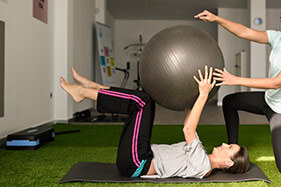
To achieve these goals, I prescribe a structured customized treatment program considering all factors relevant to the patient such as their physical abilities, job or sports demands, past health conditions, lifestyle and age. Lastly, ongoing reassessments with comparisons to the baseline data help me progress the rehab to achieve faster recovery and ensure a successful outcome.
5) What should you do before and after a physiotherapy session?
Before/during your first physio session
- What to bring? Bring relevant reports and prescriptions if you have any.
- What to share? Share in detail about your condition, past and ongoing medical history. Feel free to talk about anything that increases your discomfort or distress.
- Any questions? Ask questions and find out what exactly your condition is and how a particular exercise will help you. When you know what you are doing and how it is beneficial to you, it will help you complete your exercises with more regularity.
- What do I wear? Wear comfortable clothes that allow you to move freely. You can bring a comfortable pair of clothes to change into if you’re coming directly from work. You can also ask us for a pair of clothes at the clinic.
- Should we exercise on empty stomach? This is not recommended. Please eat at least an hour prior to the session and stay hydrated throughout.
After your physio session
- Follow your home exercise program as prescribed. You can set a reminder to help you adhere to the program better.
- Take care of your posture and body mechanics at all times.
- Incorporate all the daily activity “do’s and don’t’s” set out by your therapist.
- Document and tell your therapist of any improvement in activity, increase or decrease in pain or any new symptoms. This helps us modify the treatment program accordingly to ensure a positive outcome.
Whether you’re suffering from a chronic condition like arthritis or need rehabilitative support for a work-related injury, Uma Acharekar is a physiotherapist who can help you get back to living a life you enjoy.
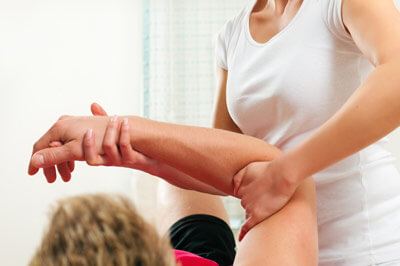
Come in for a FREE Discovery Visit if you’re ready to take the first step in your recovery journey.
This no-obligation session is a great opportunity for you to get your questions answered and share your health concerns. Uma will also provide personalized treatment options, leaving you with a clear path to recovery.







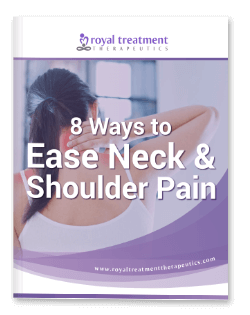
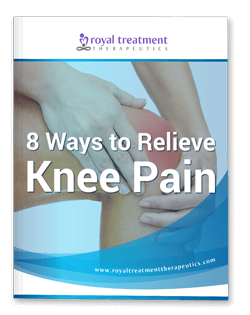

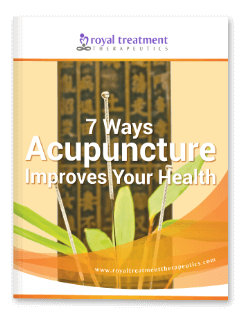
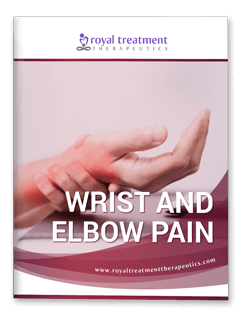
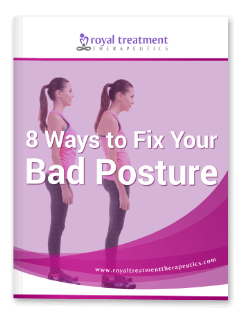
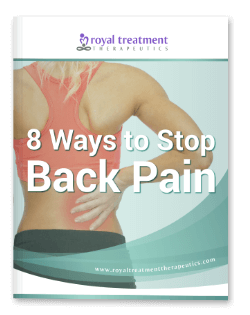
Add Comment